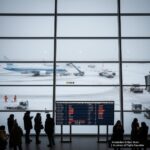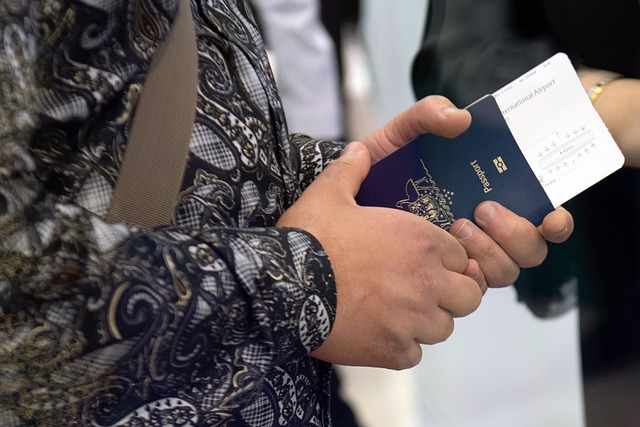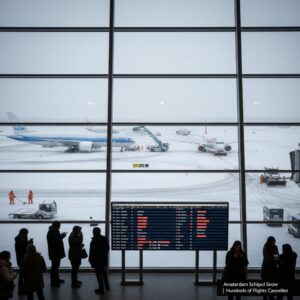Despite recent Australian Bureau of Statistics data suggesting that tourism is on the rise, the Australian Competition and Consumer Commission anticipates that high prices will persist until 2023.
It’s no secret that foreign arrivals and departures have risen during the previous six months. Even though 77% of travelers still report being hesitant to take an international aircraft in the aftermath of the COVID epidemic, numbers have rebounded to the level they were in February of this year: 1.52 million.
Because Chinese citizens were not permitted to leave the nation until recently, immigrants from other countries came in to fill the hole. Unsurprisingly, New Zealanders made up the largest group, with 91,210 visits, followed by Britons (55,410) and Americans (51,220).
In the preceding year, global aircraft capacity grew. Nonetheless, travel prices have increased, according to Cirium, an aviation analytics business, which estimates that a ticket to Europe is up 21% from pre-pandemic levels.
Domestic flight fares have also risen, forcing the Australian Competition and Consumer Commission (ACCC) to order that they be checked regularly.
According to recent BITRE figures, while airfares have declined and discounts have increased since Christmas, costs have remained high despite increased demand and lower network capacity.
The revelation comes as the competition regulator has put the sector on notice for late 2022, indicating that it would be monitoring domestic airlines to ensure additional seats and flights are offered to reduce fares, which reached a 15-year high in December.
The COVID pandemic had a significant influence on airline supplies, causing issues with employee numbers and flight capacity, resulting in costs that are 27% higher than in 2019.















More Stories
Romania Rises 2026 Iceland Rival w/ Volcanic Harghita + Carpathian Wilds!
Amsterdam Schiphol Snow Chaos: 670+ Delays/395 Cancellations—KLM/easyJet Crushed!
Qatar Hits 5.1M Visitors 2025 Record: Doha/Lusail Boom Fuels ME Tourism Surge!